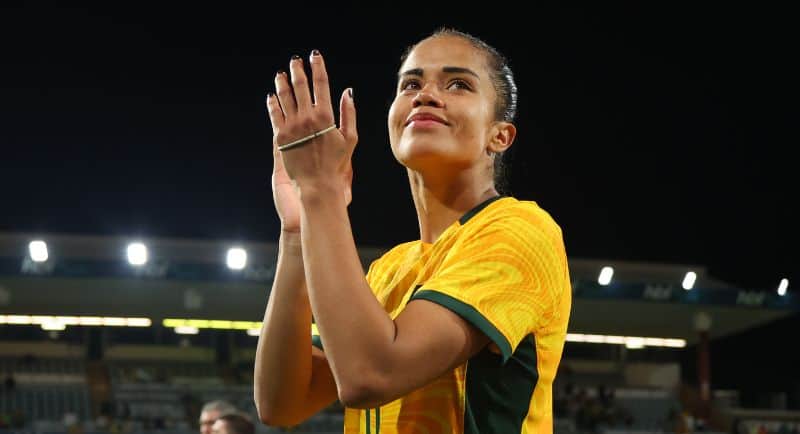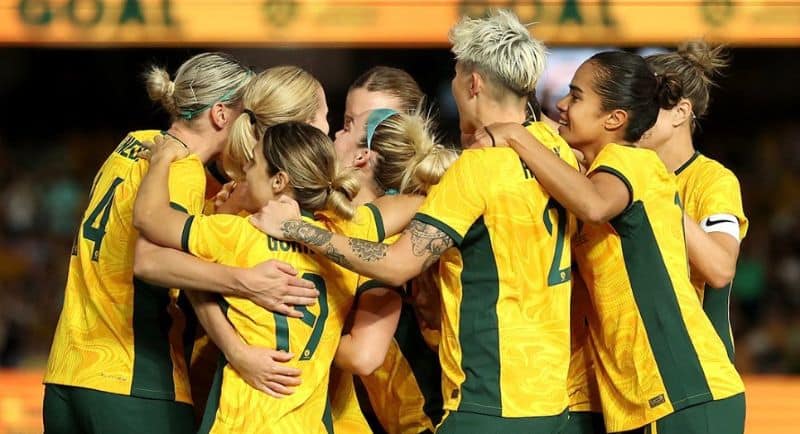The 2023 FIFA Women’s World Cup unlocked new audiences for brands to tap into, proved the commercial viability of women’s sport, and drove exponential growth for football clubs, according to FIFA Women’s World Cup head of marketing Kim Anderson.
“The Women’s A-League has had a really direct uplift with double memberships being bought across some clubs to Sydney FC having close to an eightfold increase in memberships,” Anderson told Mediaweek.
“What we did with FIFA was prove the viability and commercial model behind women’s sports. You can’t say anymore that women’s sport is not primetime material and that it’s not deserving of a commercial seat at the table.
“We have proven the business model, now there’s a real platform for other sports to take that and accelerate it even further.”
While unfortunately, the Matildas’ campaign for World Cup glory came to an end in their semi-final clash with England, Seven reports that the game reached 11.15 million Australians nationally.
The Australian team’s 3-1 loss to England had a national average audience on Seven and 7plus of 7.13 million, making it the most-watched TV program since the OzTAM audience measurement system started in 2001. OzTAM does not capture out-of-home viewing at pubs, clubs, and stadiums.
Anderson said a growing global trend is commercial partners having a mandate to split sponsorships equally between men’s and women’s sports.
“Women’s sport has the power to unlock an entirely new audience that brands haven’t been able to look at before.
“What we focused on at the Women’s World Cup was driving new growth and the audience we were targeting were not existing sports fans. So we have grown the pie, as opposed to just taking a selection of the pie.”
The marketing minds behind the FIFA Women’s World Cup wanted to build a culture brand, not a sports brand. Anderson said the team was building off a cultural movement already happening around women’s sports.
“To me, it wasn’t much of a surprise to see how popular the Matildas got during the World Cup, because the magic of the tournament took over and it was heightened by just how far the Matildas got.
“Everything that went into building the experience that we did and engaging the people that we did was built to grow the momentum that we were already seeing.”
As a result of the World Cup, Anderson says significant investment has been made into development programmes for different elite teams around the world.
“It’s one of the most beautiful things to come out of the tournament,” she said.
“During the tournament, we saw really strong matchups in every game, as opposed to having sliding scale scores between different teams.
“I hope that as the tournament continues and evolves, those blockbuster moments between prominent nations fuel the appetite for emerging nations to do the same.”


